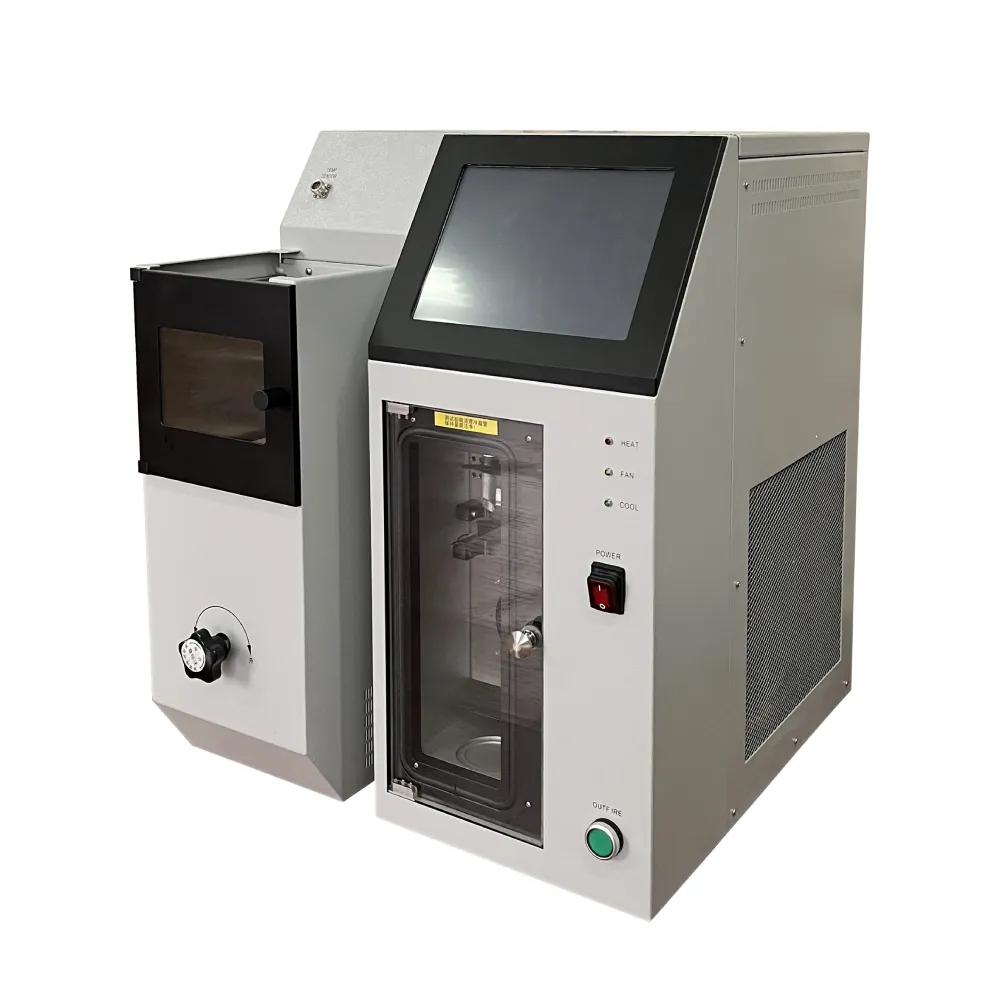 English
English


Testing the Characteristics of CT and Tan Delta in Electrical Insulation
Understanding the CT Tan Delta Test A Vital Tool in Electrical Engineering
The CT tan delta test, also known as the capacitance and power factor (or loss tangent) test, is an essential diagnostic tool used in the maintenance and operation of electrical equipment, especially in the field of high voltage engineering. This test is particularly significant when assessing the condition of insulation systems in transformers, cables, and circuit breakers. By measuring the dielectric properties of insulation materials, the tan delta test provides vital information regarding their health and performance.
What Is Tan Delta?
Tan delta, or the tangent of the loss angle, represents the ratio of resistive (loss) current to reactive (capacitive) current in an insulation system. It is expressed mathematically as
\[ \text{Tan Delta} = \frac{I_R}{I_C} \]
where \( I_R \) is the resistive current and \( I_C \) is the capacitive current. This ratio helps in understanding how much energy is lost in the insulation material due to its inherent electrical properties. A low tan delta value indicates effective insulation with minimal resistive losses, while a high value suggests that the insulation is deteriorating or contains excessive moisture and contaminants.
Importance of the CT Tan Delta Test
The CT tan delta test serves several critical functions in electrical engineering
1. Predictive Maintenance By regularly conducting tan delta tests, engineers can monitor the condition of electrical insulation. This proactive approach helps in identifying potential issues before they lead to catastrophic failures, thus enhancing reliability and extending the lifespan of equipment.
2. Condition Assessment The test provides quantitative data that can be used to assess the health of insulation systems. This is particularly crucial as aging and environmental factors can significantly affect insulation integrity over time.
ct tan delta test

3. Quality Control Manufacturers and suppliers use the tan delta test to ensure that the insulation materials they provide meet required industry standards. This is vital for ensuring the safe and efficient operation of electrical equipment.
4. Environmental Monitoring The test is useful in determining the presence of contaminants such as moisture, which can adversely affect insulation properties. A higher tan delta value could indicate the absorption of water, leading to dielectric breakdown if not addressed promptly.
Conducting the Test
To carry out the CT tan delta test, a specialized instrument known as a tan delta tester is used. The process involves applying a sinusoidal voltage to the insulation system and measuring the resulting current. The instrument calculates the tan delta value by analyzing the phase relationship between the applied voltage and the measured current.
It is essential to follow standardized procedures to ensure accurate and repeatable results. Factors such as temperature, humidity, and voltage level can significantly influence the test outcomes. Therefore, it is advisable to conduct tests under controlled conditions and to calibrate equipment regularly.
Interpreting Test Results
The interpretation of tan delta test results requires a comparison against baseline values established during previous testing or against manufacturer specifications. Typically, a tan delta value greater than 0.5% is considered a cause for concern, indicating the need for further investigation or remedial actions like insulation replacement or repairs.
Conclusion
The CT tan delta test is a fundamental tool in the toolbox of electrical engineers and maintenance professionals. By monitoring the health of insulation systems, this test plays a critical role in ensuring the safe and efficient operation of electrical equipment. Regular testing, combined with careful interpretation of results, can lead to informed decision-making, ultimately safeguarding the integrity and longevity of vital electrical infrastructure. As technology advances, the methodologies surrounding the tan delta test continue to evolve, reinforcing its status as a cornerstone of electrical diagnostics.
-
Differences between open cup flash point tester and closed cup flash point testerNewsOct.31,2024
-
The Reliable Load Tap ChangerNewsOct.23,2024
-
The Essential Guide to Hipot TestersNewsOct.23,2024
-
The Digital Insulation TesterNewsOct.23,2024
-
The Best Earth Loop Impedance Tester for SaleNewsOct.23,2024
-
Tan Delta Tester--The Essential Tool for Electrical Insulation TestingNewsOct.23,2024





